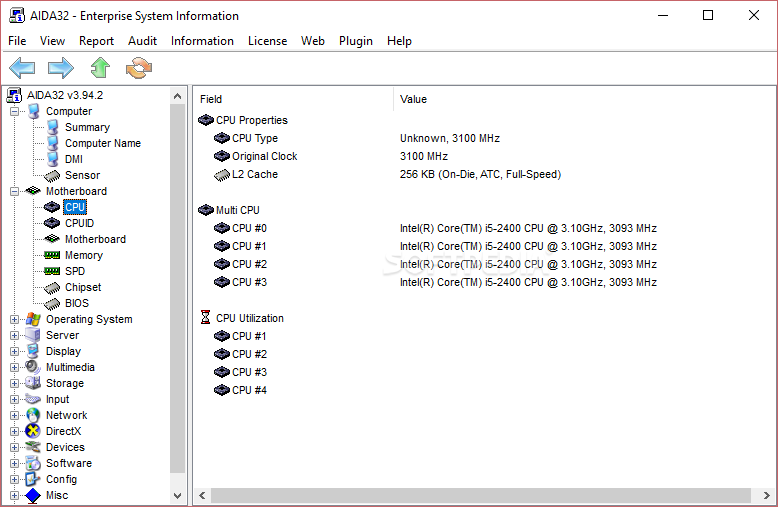

They allow you to adjust individual fan speeds via knobs or other controls, but the disadvantage is that most controllers like this are purely manual and do not auto-adjust speeds based on temperature. These typically fit into a spare 5.25in bay on the front of your PC and you connect a certain number of fans to it.

In this case, you might consider buying a fan controller. While SpeedFan covers a wide range of motherboards, there are still some that are beyond even its impressive reach. Here you can see a list of the motherboard’s fan controllers, with a drop-down list near the middle where you can choose each fan individually. When you’ve installed it, launch it and click on the Fan Control tab. This free app gives you an impressive amount of control over your fans which are connected to the motherboard, allowing you to choose how fast they spin at various temperatures. These are contained in something called the BIOS (Basic Input/Output System), which you can access and change. When you first turn on your PC it will run through various checks and settings before you can use it. So, if it’s stuck between boxes under your desk, buried amidst a pile of papers, or just in a poorly ventilated area, then you’re going to hear the whirring of those fans more often than might be necessary. It’s also a good idea to make sure that air can pass freely around your PC. AĬan of compressed air is another option here. You can use a vacuum cleaner to remove dust, just ensure that the plastic nozzle is fitted to the end and that you’re very careful not to touch any of the components. If you can, open the case of your PC and do a little spring clean.

A build-up of the material in or around the fan ports can make it harder for hot air to escape, and thus make the fans worker even harder. Dust is a major problem with PCs, as they attract it like no one’s business.


 0 kommentar(er)
0 kommentar(er)
